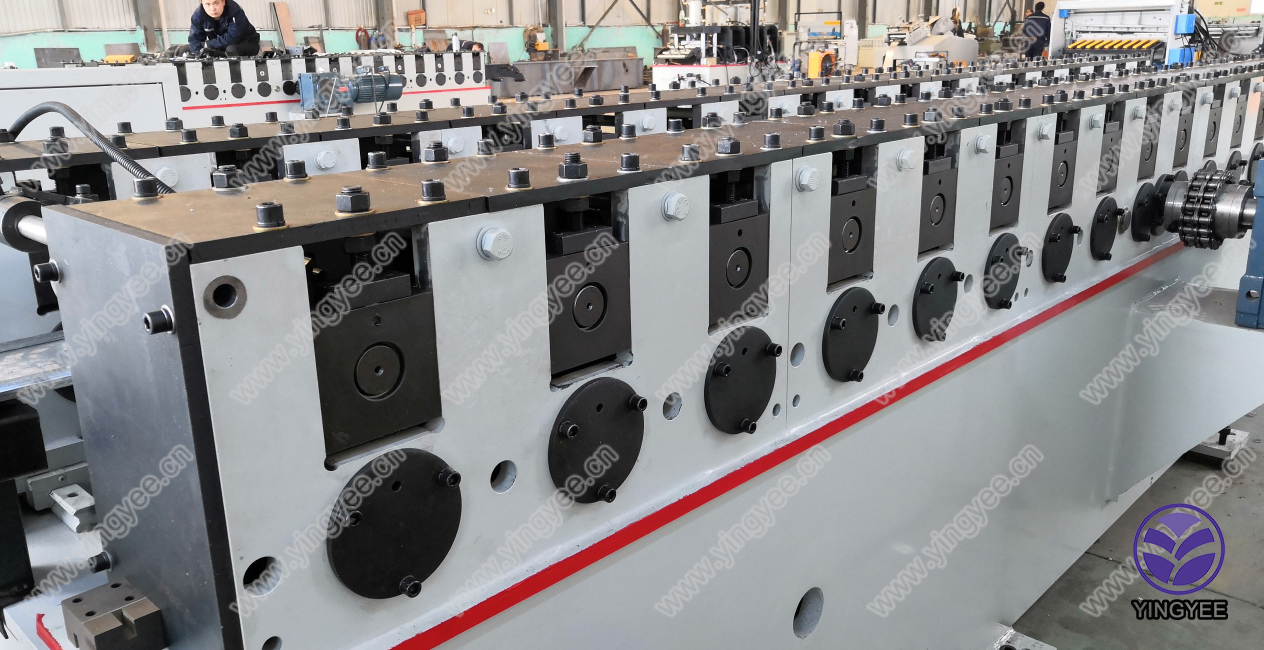
The Evolution and Importance of Carbon Steel Pipe Making Machines
In today's industrial landscape, the demand for reliable and high-quality piping solutions has surged, particularly in sectors such as construction, oil and gas, and manufacturing. Central to this burgeoning demand is the pivotal role played by carbon steel pipe making machines. These machines not only streamline the production process but also enhance the quality of the finished products, promoting efficiency and sustainability in various applications.
Understanding Carbon Steel Pipes
Before diving into the machinery, it's essential to grasp what carbon steel pipes are. Carbon steel, composed predominantly of iron with carbon content typically ranging from 0.05% to 2%, offers an excellent combination of strength, flexibility, and resistance to wear and tear. These properties make carbon steel pipes a preferred choice for high-pressure applications and demanding environments. Consequently, the production of these pipes requires precise engineering and high-quality machinery to ensure they meet the required specifications.
The Pipe Making Process
The process of manufacturing carbon steel pipes involves several key stages, including coil preparation, forming, welding, and finishing. Each of these stages is facilitated by specialized machines designed to optimize both performance and output.
1. Coil Preparation The journey begins with the preparation of steel coils, which are unrolled and cut into strips. This is often done using advanced slitting machines that ensure uniformity and precision in width.
2. Forming The cut strips are then fed into a forming machine where they are shaped into a cylindrical structure. High-frequency induction welding or submerged arc welding techniques are commonly employed in this phase to fuse the edges of the strip, yielding a seamless pipe.

3. Testing and Inspection After welding, the pipes undergo rigorous testing, including hydrostatic tests and non-destructive testing methods such as ultrasonic and magnetic particle inspection. These measures are critical to ensuring the integrity and reliability of the pipes.
4. Finishing Finally, the pipes are subjected to surface treatment processes like pickling, passivation, and coating, which enhance resistance to corrosion and improve overall aesthetics.
The Role of Technology
The advancement in technology has profoundly impacted the efficiency and capabilities of carbon steel pipe making machines. Automation play a key role here, allowing for precise control over each stage of the production process. Automated systems minimize human error, reduce labor costs, and enhance overall safety in manufacturing environments. In addition, the integration of computer numerical control (CNC) technology has made it possible to produce pipes with intricate designs and specifications tailored to client needs.
Environmental Considerations
As awareness of environmental sustainability grows, manufacturers are increasingly adopting eco-friendly practices in their operations. Modern carbon steel pipe making machines are designed not only to maximize production efficiency but also to minimize waste and energy consumption. For instance, closed-loop water systems are utilized to recycle water used in cooling and cleaning processes, thereby reducing the overall environmental footprint.
Conclusion
As the global construction and manufacturing industries continue to expand, the importance of carbon steel pipe making machines cannot be overstated. These machines are critical in producing reliable, high-quality pipes that meet the evolving needs of the market. With continuous advancements in technology and a focus on sustainability, the future of carbon steel pipe manufacturing promises enhanced efficiency, reduced environmental impact, and a commitment to quality that will serve industries for years to come. The evolution of machinery in this sector is not just a testament to progress—it is a cornerstone in building the infrastructure of tomorrow.